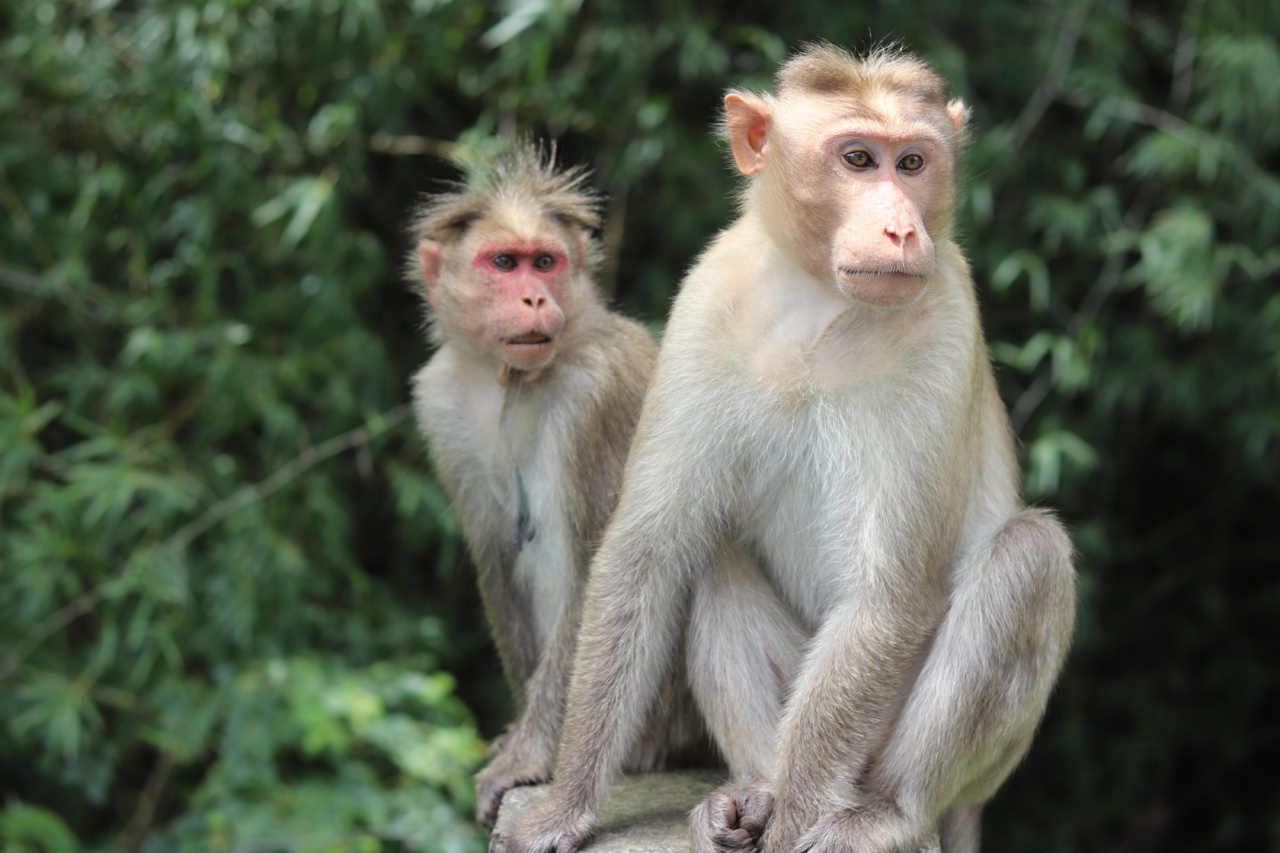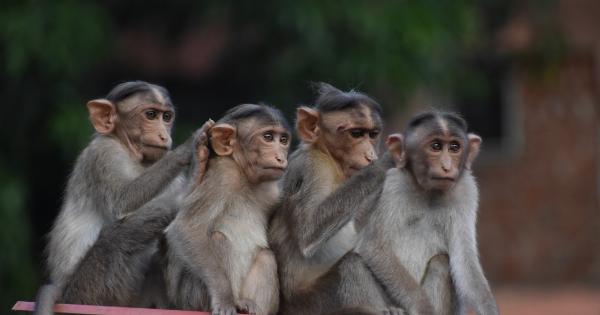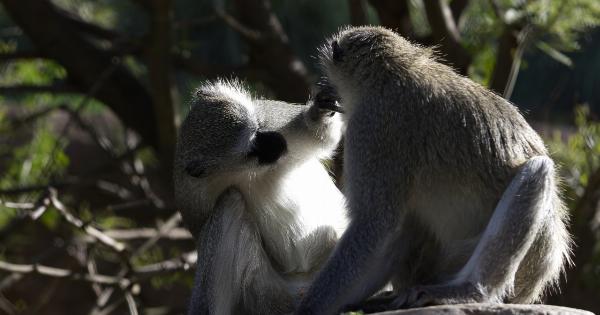Monkeys are fascinating creatures that have been studied for many years to gain insights into their behavior, intelligence, and adaptability. One interesting area of research involves exposing monkeys to various surfaces and observing their reactions.
These experiments help scientists understand how monkeys interact with their environment and how they adapt to different conditions. In this article, we will explore what happens when monkeys are exposed to various surfaces and discuss the findings from studies conducted in this field.
1. Smooth Surfaces
When monkeys encounter smooth surfaces, such as glass or polished metal, they often exhibit curious behavior. Their keen sense of observation kicks in, and they may approach the surface cautiously to examine their reflection.
Some monkeys may even attempt to touch or interact with their own reflection, mistaking it for another monkey.
2. Rough Surfaces
On rough surfaces, monkeys demonstrate their remarkable agility and adaptability. Their hands and feet have specialized gripping abilities, allowing them to navigate uneven terrain effortlessly.
Monkeys use their opposable thumbs and strong grip strength to cling onto branches or rocks, ensuring stability and preventing falls.
3. Wet Surfaces
When encountering wet surfaces, monkeys often display caution. Wet surfaces can be slippery and pose a risk of injury through falls. Monkeys use their nimble fingers to carefully test the surface for grip before venturing further.
Some species, like capuchin monkeys, have even been observed using tools like leaves or sticks to wipe or dry wet surfaces before stepping on them.
4. Hot Surfaces
Hot surfaces, such as sun-baked rocks or metal objects under direct sunlight, can be challenging for monkeys. Their paws and feet are sensitive to heat, and they quickly learn to avoid stepping on surfaces that are uncomfortably hot.
Monkeys often seek shade or use their problem-solving abilities to find alternative routes to cross hot surfaces without burning their sensitive feet.
5. Cold Surfaces
Monkeys, especially those native to colder climates, have evolved adaptations to cope with cold surfaces. They possess fur and fat layers that provide insulation against the cold.
Monkeys may huddle together for warmth, often using body heat to keep themselves and their troop members cozy during colder temperatures.
6. Uneven Surfaces
Monkeys are incredibly adept at navigating uneven surfaces, like tree branches or rocky terrains. Their strong limbs and flexible bodies allow them to maintain balance even on unstable ground.
Monkeys use their well-developed spatial awareness to calculate the best routes, minimizing the risk of falls and maximizing their efficiency in moving through complex environments.
7. Vertical Surfaces
Vertical surfaces, such as cliffs or tall trees, pose a unique challenge for monkeys. However, many species have evolved specialized adaptations for climbing.
Their strong forelimbs and grasping ability enable them to climb vertical surfaces, often using a combination of jumping, leaping, and gripping techniques. Monkeys effortlessly maneuver through their arboreal habitats, using vertical surfaces to their advantage.
8. Submerged Surfaces
Monkeys are not natural swimmers, but some species, like macaques and proboscis monkeys, are known to be quite capable in navigating submerged surfaces.
When faced with submerged surfaces, monkeys utilize their ability to hold their breath and swim short distances to either cross bodies of water or access food resources. Their adaptable nature allows them to conquer new challenges, even in aquatic environments.
9. Artificial Surfaces
Monkeys in urban or captive environments often encounter artificial surfaces, such as concrete or metal structures. These surfaces differ significantly from their natural habitats, requiring adaptations in behavior.
Monkeys may modify their locomotion techniques, employing quadrupedalism or brachiation to move across these unfamiliar surfaces. Some species even exhibit problem-solving abilities to navigate complex artificial structures, showcasing their intelligence and adaptability.
10. Conclusion
Studying the behavior of monkeys when exposed to various surfaces provides valuable insights into their evolutionary adaptations and abilities.
Monkeys showcase exceptional agility, adaptability, and problem-solving skills when confronted with different surface types. Whether it’s climbing trees, crossing water bodies, or navigating urban environments, monkeys effortlessly adapt to their surroundings.
Understanding how monkeys interact with surfaces not only enhances our knowledge of these incredible creatures but also informs our own understanding of human locomotion and adaptability.































